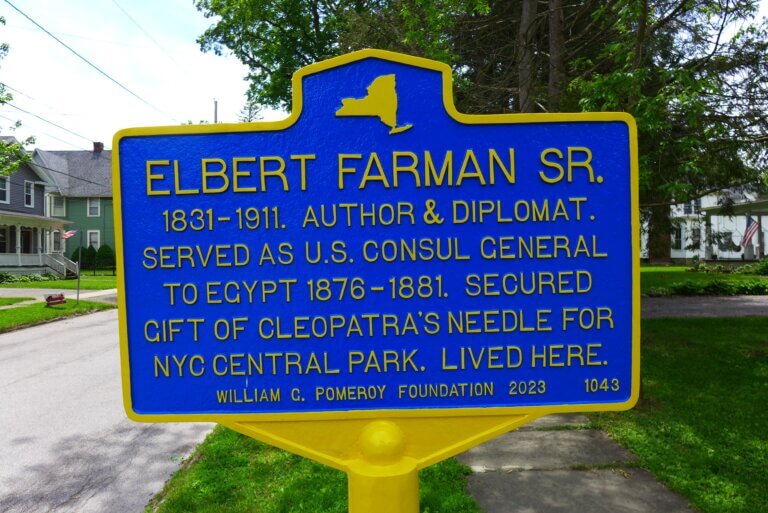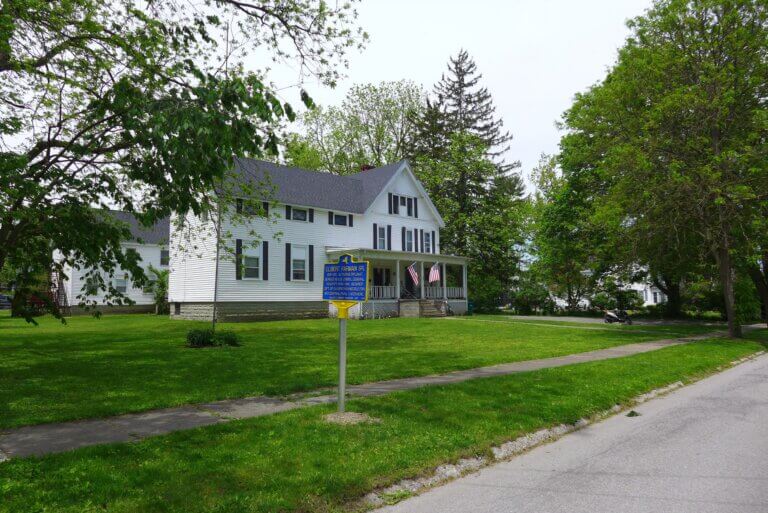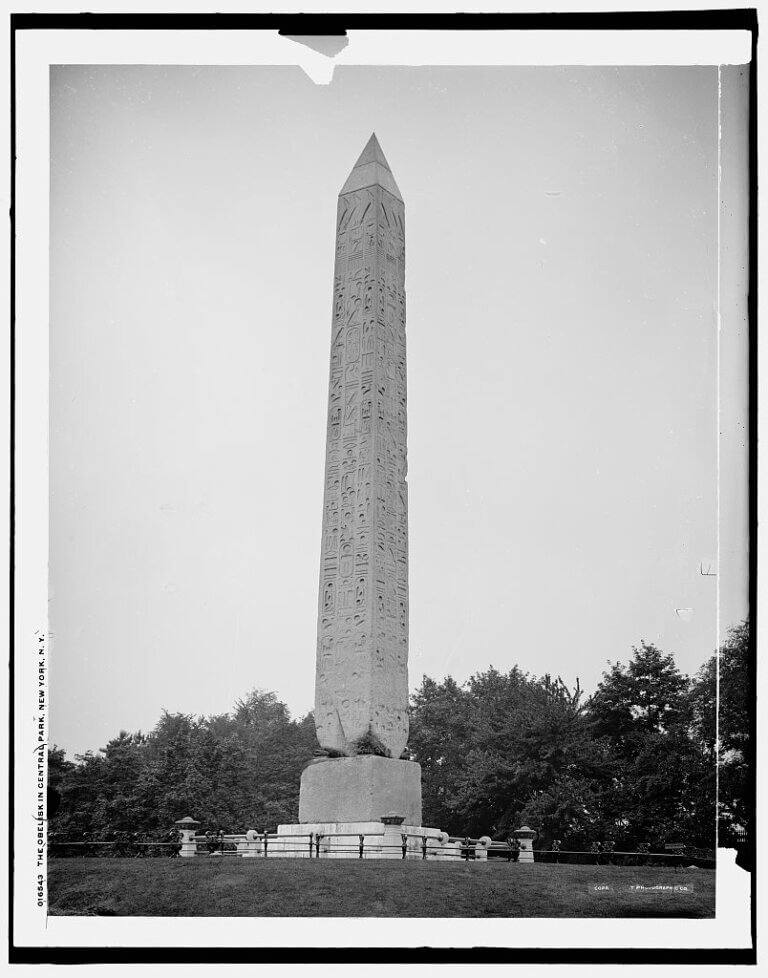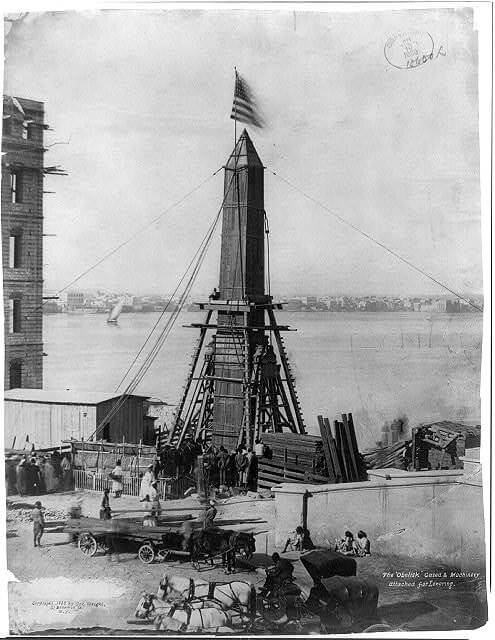ELBERT FARMAN SR.
- Program
- Subject
- Location
- Lat/Long
- Grant Recipient
-
NYS Historic
-
House, People
- 29 Liberty Street, Warsaw, NY, USA
- 42.7393602, -78.13785
-
Town of Warsaw
ELBERT FARMAN SR.
Inscription
ELBERT FARMAN SR.1831-1911. AUTHOR & DIPLOMAT.
SERVED AS U.S. CONSUL GENERAL
TO EGYPT 1876-1881. SECURED
GIFT OF CLEOPATRA’S NEEDLE FOR
NYC CENTRAL PARK. LIVED HERE.
WILLIAM G. POMEROY FOUNDATION 2023
Sitting amidst Central Park is a structure roughly 3,500 years old, 68.5 feet tall, 220-tons, and over 5,000 miles away from where it was first constructed in Egypt.
Cleopatra’s Needle sits behind the Metropolitan Museum of Art and is visited by countless numbers of sightseers who come to admire a piece of ancient history in the heart of the City that never sleeps. Those visitors can thank the efforts of Elbert Farman Sr: an author and diplomat who served as the Consul General for the United States to Egypt and who helped secure the gift of the Needle.
Born in Oswego County, Farman made his way to the western portion of the state as a young man. Here, he studied law and worked as a publisher of the Western New Yorker, a newspaper printed in Warsaw. Farman was then appointed district attorney of Wyoming county. In 1865, Farman left the United States on a European tour to study and travel, which would last two years.
His experience abroad, ability to speak French, and familiarity with European powers, along with his experience in the legal field, led to his appointment as a consul general for the United States to Egypt, where he was stationed in Cairo starting in 1876.
Farman established a good relationship with the Khedive during a time when European powers were vying for territorial control of Egypt. In later publications, Farman would take a critical stance against the impact that British colonialism played on Egypt. A noted author, one of the titles of his books, Egypt and its Betrayal, captures these sentiments. Along with his time as the United States Consul General to Egypt, Farman also went on to serve as a judge on a tribunal of Egypt from 1881-1884, and a United States Member of the international commission which, as mentioned in his obituary in the Buffalo News:
“Examined claims of the inhabitants of Alexandria for losses arising from the bombardments of 1882, 1883, and 1884. He determined the amount to be paid by the Egyptian government to be $20,000,000 for claims.” (January 3, 1912, pg. 14)
The same article goes on to mention: “Mr. Farman obtained for the city of New York the obelisk known as Cleopatra’s Needle,” an accomplishment built on, in part, the relationship he’d develop with Egyptian officials and the Khedive.
The obelisk was one of a pair commissioned by Pharoah Thutmose III for the temple of the sun in Heliopolis. They were found by Romans in 12 BCE after they’d toppled over and were buried beneath sand, at which point the Romans brought them to Alexandria where they’d stay for nearly 1900 years. The other “needle” is in London, while the one in New York City, following a fraught journey across the Atlantic Ocean, was erected in 1881.
Elbert Farman passed away in Warsaw on December 30th, 1911. This marker sits at his former house, which he purchased ca. 1885, and which was modified by Farman to house a collection of artifacts and paintings from his world travels.




